By Javier Vallecillos – Integration consultant in Sariba
If your SAP Integration Suite (SAP CPI) tenant is running on #Neo, you should continue reading.
But first, how can you determine if your SAP Integration Suite (SAP CPI) is operating in a Neo environment? It’s simpler than you might think: if the URL resembles the one below, then it’s running on Neo:
https://<tenant Id>-tmn.hci.<landscape>.hana.ondemand.com/
Eventually, everyone will need to migrate their SAP Integration Suite to Cloud Foundry
A bit of background: After more than a decade of SAP ABAP programming in various top companies, I decided it was time for a change. After discussions with Javier Jodar, Vanessa Sanchez and Marita Johansen I joined Sariba as an Integration consultant (thank you again for given me this amazing opportunity 🤗). My first project after a smooth transition was to help one of our beloved customers move their entire SAP CPI system from Neo to Cloud Foundry. This was both exciting and scary. The customer purchased a new SAP Cloud Foundry license (currently the only one offered by SAP) because the previous one, which belonged to the main company group, was about to expire ⌛…
SAP integration suite – The migration process
If you’ve read this far, you’re probably wondering how to carry out the migration and how it can benefit you and your company. I’ll do my best to answer both questions:
The migration process can be summarized in four steps:
Discover ➡️ Prepare ➡️ Migrate ➡️ Validate
While SAP’s description of these steps is somewhat vague, we can apply them to almost any situation, from cooking pasta to picking up kids from school. Let’s try:
Discover: While busy at work, I realize that I’m late for picking up my kids from school
Prepare: I quickly throw on a sweatshirt over my pyjamas. Thanks to #WorkAtHome❤️
Migrate: I get in my car and drive to the school during rush hour
Validate: I validate that I’ve picked up the correct kids
However, we decided to go through all the steps in a more detailed manner:
Decide the tool to do the migration
There are two options for performing the migration: the first is using SAP’s standard migration tool, and the second is a third-party migration tool that provides a user interface (UI):
- SAP offers a “standard” tool for migration, which is a Postman collection that connects the source system (Neo) to the target system (Cloud Foundry). Refer to SAP note: 2937549 – SAP Cloud Integration for process services: Content Migration from Neo Environment to Multi-Cloud Foundation.
- Third-party migration tool: This is a handy tool that provides a user interface and is available on GitHub (migration-tool-for-cloud-integration) by Willem Pardaens. It has also some useful videos to set up the configuration.
After checking and testing both options we decided to go for the SAP’s standard solution instead.
Automatic VS Manual
The migration tool automates most of the migration process but be cautious. SAP’s documentation specifies what is migrated automatically and what needs to be migrated manually. We went through the list of objects and noted down which ones were in our SAP CPI system for both automatic and manual migration. This way, we had a checklist of the different objects to be migrated and how to do it. Our to-do list looks like the one below, but yours may vary:
Automatic:
- Integration flows and value mappings including configured parameters
- Public Certificates
- User Credentials & SuccessFactors except passwords
- OAuth2 Client Credentials
- Number Ranges
- Local and Global variables
- Local and Global data stores except Tenant sizing?
Manual:
- Local and Global variables
- PGP Public Key for Concur
- Known host
- Key pairs
- Endpoints that are configured in Source system (S/4 Hana)
- Firewall (IP filtering)
- Passwords for user credentials & SuccessFactors
In addition, you’ll need to update the endpoints in third-party systems connected to the Neo environment to point to the new Cloud Foundry. In our case, the customer decided to migrate the Production Neo environment to the Development Cloud Foundry system due to an accumulation of unnecessary objects in development after years of maintenance. However, the migration approach ultimately depends on the customer’s preference.
Pain points and lessons learned – how to migrate your SAP Integration Suite
You may encounter some challenges during the migration process:
- Passwords are not migrated: so, you will have to collect them before starting the migration.
- Simplify some integrations: When doing the migration it was decided to simplify some integrations saving a significant amount of money for our customer.
- Third party updates: updating your own systems to point to the Cloud Foundry system instead of Neo is straightforward. However, aligning with third parties for IP filters, PGP keys, etc., can be more challenging.
- IPs filtering: Cloud Foundry uses a different IP range, so you may need to update firewalls and routing. Your basis team can assist with this.
- Respect the order: When migrating via the Postman collection, follow the steps in the correct order to avoid problems, especially when migrating local variables (I learned this the hard way…)
I have some useful links that might help you. If you’re interested, just ask for them in the comments, and I’ll be happy to share them with you😉
Conclusion
If you are planning to migrate your #SAP Integration Suite (#SAP CPI) from Neo to Cloud Foundry thorough preparation and planning are crucial to avoid problems and disruptions in your integrations. Please share your experiences with the migrations or ask us if you have any questions. I hope any you find this information helpful.

Javier Vallecillos
Integration Consultant | Sariba
You can contact one of our integration experts at Sariba leaving a comment if you need help with your migration to the Cloud Foundry. Even if you don’t have a Cloud Foundry system, we can assist you by migrating your SAP Integration Suite to our own Cloud Foundry environment, which could help you save costs depending on your needs.
Have a great day!!!
Kind regards,
Javier


